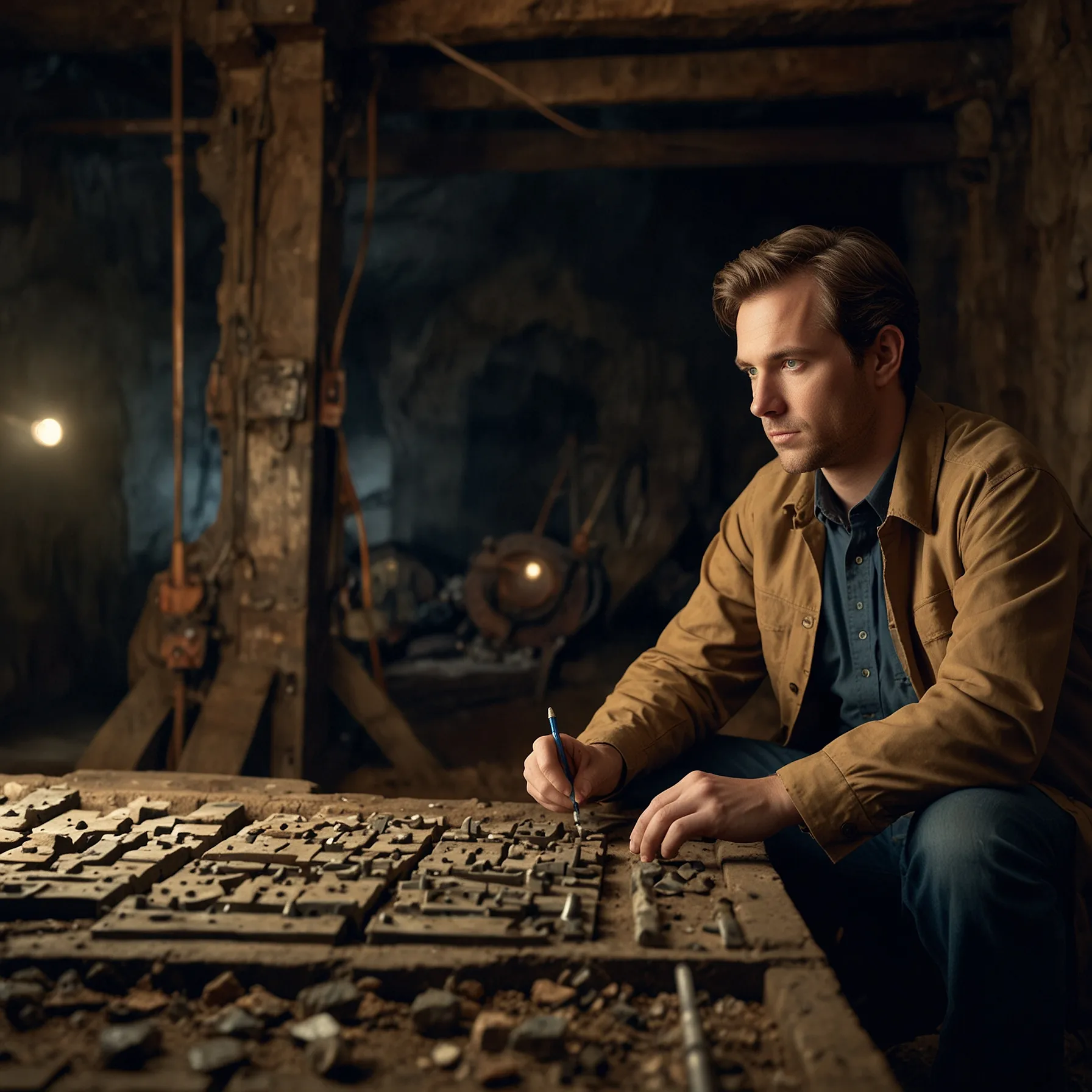Mining for unobtainium is no easy feat. This precious mineral shows up in just 1% of the rocks. Luckily, your buddy Tricky Joe has been working on something big – a nearly foolproof unobtainium detector. After months of tinkering, it’s finally ready. The device is perfect at spotting unobtainium and gives accurate readings 90% of the time even when there’s none.
On its first day out in the mine, the detector goes off, and Joe confidently grabs the rock. On your way back to camp, Joe offers to sell you the ore for $200. Knowing that unobtainium of that size is worth $1000, it seems like a sweet deal. But should you go for it?
Well, it’s not that simple. Despite the detector’s reliability, there’s crucial math behind it. Imagine the mine has 1,000 pieces of ore. With unobtainium being so rare, only 10 rocks would have it. The detector would spot all 10.
However, out of the remaining 990 rocks without unobtainium, 90% (891 rocks) wouldn’t set off the detector. But 10% (99 rocks) would falsely trigger it. Combining these numbers, the detector would go off for 109 rocks total. This means Joe’s rock has just a 10-in-109 chance (roughly 9%) of having unobtainium. Betting $200 on a 9% chance to get $1000 isn’t smart.
The surprising catch here is known as the base rate fallacy. We often overlook the rarity of unobtainium and just focus on the high accuracy of the detector. But because false positives (10%) outnumber unobtainium (1%), a detector alert is more likely false than true.
This scenario is a classic example of conditional probability. Instead of looking at the overall odds of finding unobtainium or getting a false positive, we need to consider the conditional probability – the chance of the rock having unobtainium after getting a positive reading.
Misinterpreting these odds isn’t just a mining problem. It can occur in various fields. For example, false positives in medical tests cause undue stress or unneeded procedures, and in security, they can lead to wrongful arrests.
In this mining case, though? It’s clear Tricky Joe is probably trying to take you for a ride.






